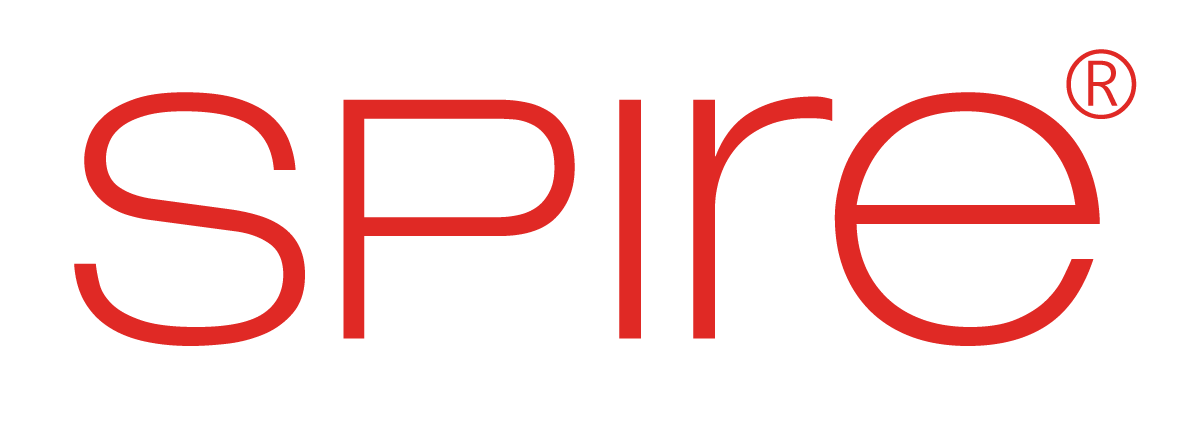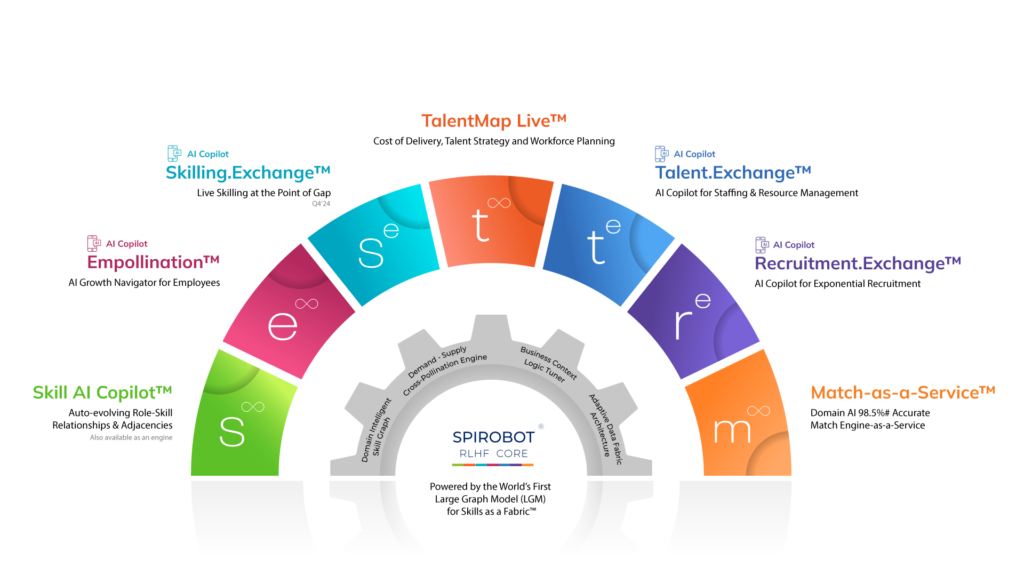Job roles are changing faster than organizations can react. AI is breaking conventional systems and rewriting how work functions, but most organizations are stuck with job descriptions written years ago. That gap is growing, and it’s hurting competitiveness. As skill demands shift by the month, leaders need more than minor tweaks. They need a system that evolves as fast as the market. Spire.AI delivers exactly that: real-time, AI-powered skill strategies that keep businesses ahead of disruption.
In this article, we’ll explore how Spire.AI’s innovations are transforming workforce planning, from auto-evolving role-skill frameworks to AI-driven compensation models. We’ll break down five key pillars that make up this approach and show how these strategies link talent development directly to business outcomes.
The Need for Dynamic Workforce Strategies
According to the World Economic Forum, by 2025, 50% of all employees will need reskilling. Static skill frameworks and legacy job architectures cannot keep up with this pace. Organizations must pivot to models where skills are seen as dynamic and evolving assets.
Spire.AI addresses this shift head-on with its Auto-Evolving Role-Skills architecture, an AI-driven framework that transforms how organizations understand, track, and grow talent.
1. Industry-Specific Auto-Evolving Role-Skill-Competency Frameworks
Rather than clinging to rigid frameworks, Spire.AI uses a proprietary Large Graph Model (LGM) for Skills to map over 125,000 skills across 26 industries. This model continuously updates, capturing:
- Emerging skill trends
- Business transformations
- Shifting industry demands
Each organization gets a tailored framework, aligning evolving workforce needs with real-time competency requirements. Instead of chasing skills reactively, companies using Spire.AI stay ahead, armed with live, accurate maps of what’s needed next.
2. AI-Powered Automatic Skill Identification & Competency Mapping
Traditional skill assessments are slow, subjective, and often inaccurate. Spire.AI eliminates guesswork. Its framework:
- Autonomously identify and classify skills at granular levels
- Measure competency without static job descriptions
- Track employee proficiency growth based on real-time learning and performance
This approach ensures workforce development efforts match current market demands, not outdated frameworks. Upskilling and reskilling are no longer reactive measures but proactive, strategic advantages.
3. AI-Driven Skill & Role Compositions
The job title alone no longer defines a role. Modern work demands flexibility. Spire.AI uses dynamic skill compositions to:
- Build fluid, adaptable career paths
- Enable cross-functional agility
- Suggest optimal talent mobility based on skill adjacency and competency match rates
Its Blue Ring Anti-Starvation Logic prevents skill redundancy and workforce stagnation by ensuring employees continually find meaningful growth opportunities. The result: a workforce that moves in lockstep with industry evolution.
4. Skill-Competency-Driven Job Levels & Compensation Mapping
Compensation based on outdated titles breeds inequity and dissatisfaction. Spire.AI reimagines pay structures by providing a skills and competency-driven compensation architecture. This architecture:
- Ensures fair, transparent, performance-based pay structures
- Empowers organizations to compensate talent competitively based on future-proof skill capabilities rather than traditional title-based hierarchies.
- Creates transparent career progression pathways based on measurable skills and expertise.
Organizations adopting this approach reduce attrition and attract top talent who seek to be rewarded for real impact.
5. Integrated Talent Intelligence: Linking Skills to Business Outcomes
Talent strategies shouldn’t exist in a vacuum. They must connect directly to business goals. Spire.AI’s integrated tools – Skills AI Copilot™, Empollination™ AI growth navigator, and Talent.Exchange™ bridge this gap by:
- Providing real-time insights into performance and skills gaps
- Enabling proactive succession planning
- Dynamically balancing internal mobility with external hiring, bridging skills shortages
These capabilities transform HR from a support function into a strategic powerhouse, capable of driving measurable business outcomes.
The Tangible Impact
Spire.AI’s approach delivers measurable results today. This section highlights the real-world outcomes organizations are seeing from implementing Spire.AI’s skill-driven strategies. From precision in skill-role alignment to smarter workforce planning, these results prove the business case for moving beyond static workforce models.
The results of Spire.AI’s skill-driven strategies are clear and measurable:
- 98.5% accurate skill-role matching with real-time AI feedback loops
- Automated workforce planning with proactive skills gap analysis
- Significant reduction in external hiring dependencies through internal skill adjacency mapping
- Future-proof compensation strategies tied directly to skills, impact, and growth potential
In an environment where agility and innovation dictate survival, these outcomes aren’t just nice-to-have, they are competitive imperatives.
Why This Matters Now
Some report states that organizations with dynamic skills strategies are 2.6x more likely to exceed business goals. Meanwhile, McKinsey research shows that 87% of companies already face skill gaps or expect to within a few years.
LinkedIn’s 2023 Workplace Learning Report shows that 89% of L&D professionals believe proactively building employee skills will help organizations navigate the future of work more effectively. Yet most companies still rely on outdated frameworks that don’t reflect today’s speed of change.
The half-life of a skill is now just five years, less in fast-moving fields like tech or digital marketing. In cybersecurity, for instance, the average technical skill becomes obsolete in under 2.5 years. Without a system that can automatically detect, map, and evolve these skills in real time, companies are blind to critical talent risks.
Spire.AI’s model flips the script. Instead of fighting to catch up, organizations get the tools to stay ahead. They build workforces that adapt automatically. They design compensation structures that inspire loyalty. They connect talent strategies directly to revenue growth and innovation.
The Skill-Centric Future: A Strategic Imperative
The future of workforce strategy is not about managing people but about mastering skills. Spire.AI isn’t offering incremental improvements; it’s delivering a fundamental shift in how organizations think, plan, and grow.
In a world where change is the only constant, Spire.AI empowers companies to lead that change, turning skill evolution into a strategic advantage. Organizations ready to revolutionize their workforce strategies won’t find a better ally for the road ahead.
The skill-driven future is here. Those who embrace it will thrive. Those who don’t will be left behind.






